“We are building toward a world where the people who are most impacted by environmental harm decide what happens to their land and their natural resources. Based on their lived experience, they lead the efforts to make the laws and systems more sustainable and more effective for everybody.”
Sonia Park, Director of Partnerships and Engagement for Namati
People from all socioeconomic backgrounds have begun to experience the consequences of climate change. Wildfires are destroying vineyards in California and farmlands in India. Floods have killed people in German villages and Brazilian favelas. And severe droughts have repeatedly wiped-out crops and livestock in the Horn of Africa region. But marginalized communities of color — including Black and Indigenous people, and people from subjugated castes — still bear the brunt of environmental harm.
These communities suffer the consequences of both climate change itself — including more frequent and severe storms, droughts, heat waves and crop failures — and the causes of climate change such as air pollution and deforestation. They live in the shadow of toxic chemical plants, watch as governments take their grazing land for tourism, and rely on bottled water because bacteria or chemicals have contaminated their drinking water.
“You can’t have climate change without sacrifice zones,” writes Hop Hopkins, director of Organizational Transformation for the Sierra Club. “And you can’t have sacrifice zones without disposable people, and you can’t have disposable people without racism.”
The roots of climate change are embedded in systemic racism. And efforts to stop climate change are inextricably linked to environmental justice.
Marginalized communities have almost no role in the creation or implementation of laws that are supposed to protect them. Environmental law is typically written and implemented by elites and is often incomprehensible to the people who depend on it most.
That is about to change.
As part of the W.K. Kellogg Foundation’s Racial Equity 2030 challenge, Namati aims to put power into the hands of the people most affected by climate change and environmental harm, ensuring they play a role in decisions that affect their communities.
“We are building toward a world where the people who are most impacted by environmental harm decide what happens to their land and their natural resources,” says Sonia Park, Namati’s Director of Partnerships and Engagement. “Based on their lived experience, they lead the efforts to make the laws and systems more sustainable and more effective for everybody.”
Since forming 10 years ago, Namati has worked with communities on the front lines of environmental harm, from Baltimore, Maryland, in the United States to Indigenous tribes in northern Kenya. It has helped communities in six countries stop unlawful factory emissions, curtail deforestation and reclaim ownership of their customary land.
The Situation
- Nearly 40% of Americans live with air that does not meet standards set under the Clean Air Act. Black people breathe one and a half times the particulate air pollution that the general population breathes.
- In Sierra Leone, the current mining law allows the state to grant large-scale mining licenses without seeking the consent of local communities to use the land.
- The Kenyan government has been slow to implement the historic 2016 Community Land Act, which makes it possible for Indigenous and pastoral communities to secure legal rights over customary lands. As a result, communities continue to live with the constant risk that industries or government will take and exploit their land.
Game-Changing Solution
Namati will help communities in these countries build on the success they have already had, while growing a global environmental justice movement. Their plan: combine the power of law with the power of organizing. Their tactic: equip marginalized communities with the tools and resources they need to understand, use and shape the law.
Specifically, Namati will:
- Provide grassroots legal support in four countries: Kenya, Sierra Leone, the United States and one South Asian nation. Namati will deploy community paralegals to support 12,500 front line community leaders in seeking remedies to social and environmental harms. They expect resulting remedies to positively impact 1.7 million people by 2030. Building on this grassroots experience, Namati and their coalition partners will pursue law and policy reforms that make environmental governance more equitable and more effective in those countries.
- Grow a global grassroots movement for environmental justice through learning and collective action. They will work to strengthen the environmental justice efforts in at least 25 countries and engage 1 million people to take part in the movement. Together, they will work to build global policy norms that respect community rights and accelerate a just transition to sustainable ways of life.
Community paralegals and the Legal Empowerment Network, which includes more than 3,000 organizations and 11,000 individuals from more than 175 countries, will underpin their efforts.
“Community paralegals are essentially community organizers who have a good understanding of law and policy and the institutions that affect the problems,” says Park. “They are not someone who lives in a far-off city. They are rooted in the communities that we work with and their presence and their ability to organize and bring people together for that common struggle is crucial.”
Most countries have laws meant to protect people from environmental harm, but many are unenforced, or worse, concentrate the harms in marginalized communities.
“There’s this sort of general trust that somebody is on top of it or that if it’s happening, it must be fine,” says Jay Monteverde, director of the U.S. Environmental Justice Program at Namati. “But what we regularly uncover is that the system is not working.”
While there are long-standing advocacy initiatives fighting for environmental justice, and organizations that have a deep understanding of environmental laws, there is a gap in how the two mesh together. Marginalized communities, with the tools and resources they need to understand and use the law, can fill that gap.
“You don’t have to be a lawyer to do this,” says Monteverde. “There are so many avenues that ordinary people can take to fight for environmental justice.”
Using the Law to Stop Environmental Harm
Born and raised in the majority Black, heavily polluted Buzzard Point neighborhood of Washington, D.C., Rhonda Hamilton knows firsthand just how much of a difference a community paralegal can make. That’s because she is one.
In 2017, the D.C. government launched an effort to replace the 100-year-old, lead- and asbestos-ridden Frederick Douglass Memorial Bridge that crosses from Buzzard Point to the other side of the Anacostia River. Hamilton knew her community would suffer. Small children were already playing on an open pile of dust and debris from the project. Hamilton determined that D.C. regulations require contractors to develop and implement a dust plan. The construction company was failing to comply.
Armed with this information, she convinced the D.C. Department of Energy and Environment (DOEE) to visit the site with a group of Buzzard Point residents who could point out the violations. The group demanded action. Not long after, the DOEE mandated a dust-control fence to reduce pollution and keep children off the site.
Hamilton says that making sense of environmental laws and the agencies meant to support them is like solving a thousand-piece puzzle. “But the more we fight back,” she said, “the more we learn.”
Namati will train and deploy community paralegals like Hamilton in Kenya, Sierra Leone, the United States and one South Asian nation. They will help their ordinary community members identify the harms they are experiencing, envision the remedies they want to seek, identify how existing laws and policies are falling short, and work with local agencies and institutions to secure solutions. The idea is to put impacted communities at the center of environmental decision-making.
“Climate change is not a free-standing problem,” says Park. “It is a symptom connected to much deeper injustices. Conversations around how to solve climate change or environmental destruction that don’t involve racial equity and racial justice issues are not going to solve the problem. They’re going to just replace one problem with another.”
It is time to accelerate the movement and put power into the hands of those most affected by environmental harm.
Earthrise
(Excerpt from Amanda Gorman poem)
We’ve known
That we’re caught in the throes
Of climactic changes some say
Will just go away,
While some simply pray
To survive another day;
For it is the obscure, the oppressed, the poor,
Who when the disaster
Is declared done,
Still suffer more than anyone.
Related Links
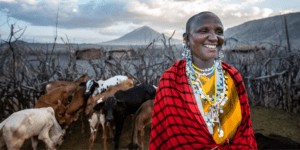
Mobilizing 50,000 Indigenous women for change
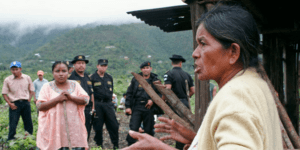
Caretakers of the Earth: An Indigenous-led movement to secure land rights
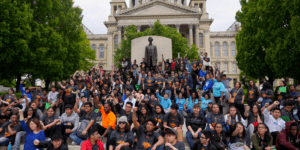
Healing through action

Eliminating the Latino Opportunity Gap
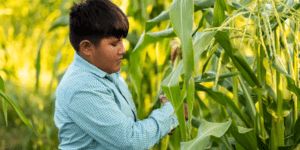
Regenerating food and agricultural finance systems in Indian Country
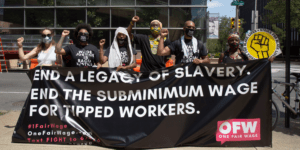
Restaurant workers are standing up for increased wages – and racial and gender equity
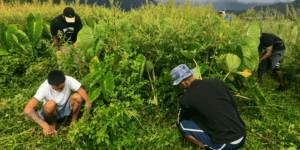
Native Hawaiian-centered approach helps youth heal and become healers
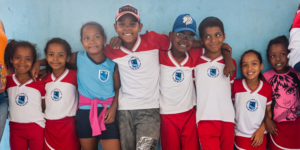

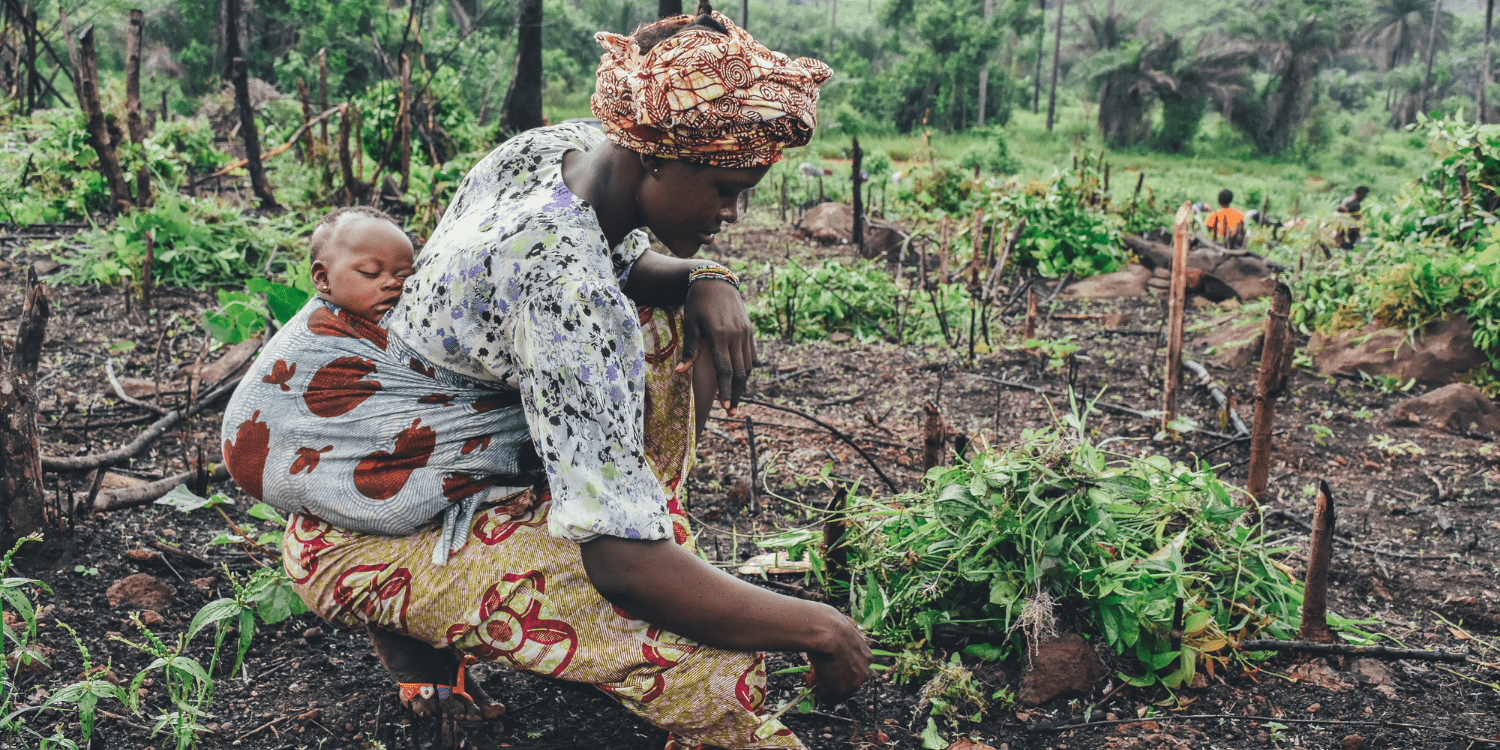
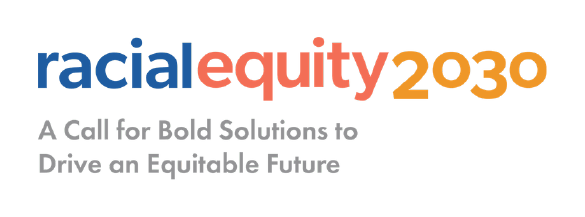

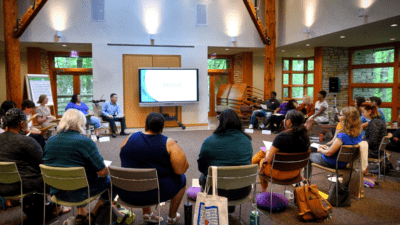
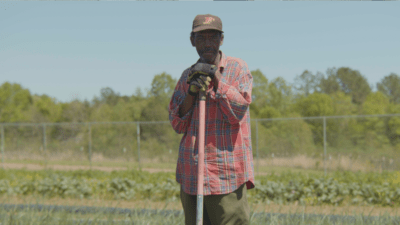
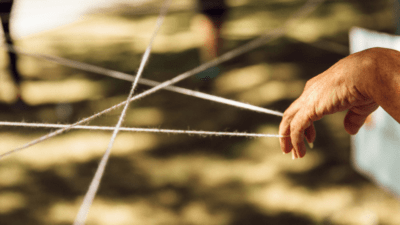
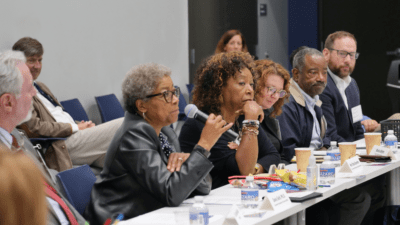

Comments